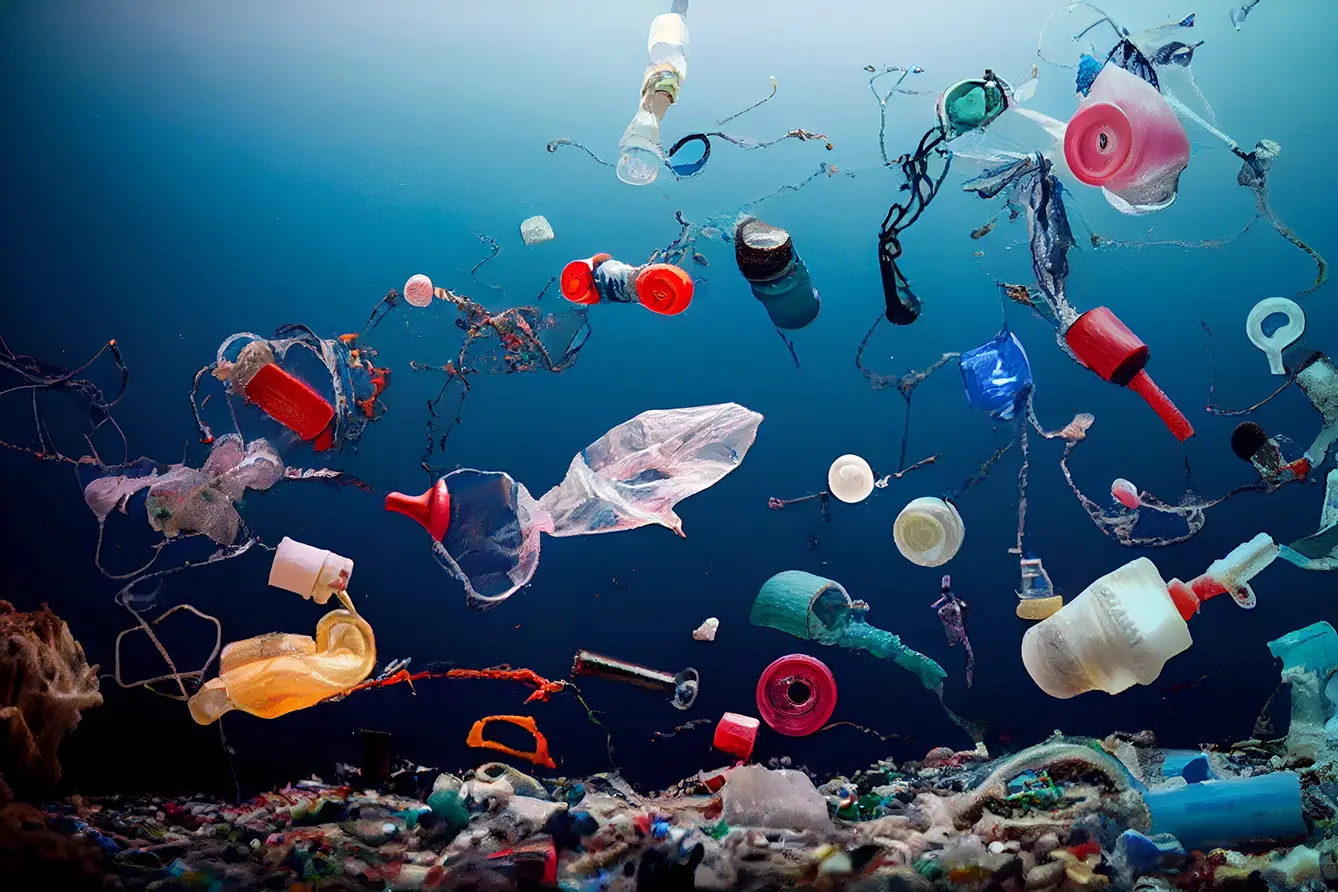There are currently hundreds of millions of tons of plastic waste in the seas and oceans, and another 5 to 13 million tonnes are added yearly. Islands of floating plastic threaten marine life and human health. Just take the Great Pacific Garbage Patch as an example. It is a floating island of trash off the coast of California that is as big as Germany. You heard right, Germany!
A ship designed in the Czechia by scientists at the Czech Academy of Sciences and the Institute of Process Engineering FSI BUT in Brno can help with garbage disposal. It is a ship that recycles collected waste while it’s sailing. The project’s creators have used well-known technologies and applied them to the removal of plastic islands choking marine life. This effort results in a modular technology arranged in standard shipping containers used worldwide.
The Garbage Pirates in Czech recycling ship
The principle of operation is primitive. Smaller “picker” boats circle a large recycling ship. They pick up garbage from the sea and take it to the mother ship for processing. The waste collected from the sea is scrubbed, sorted, and ground into smaller particles. According to the final quality, it is then prepared for further recycling. Part of the waste is burned, while other parts are processed by pyrolysis (meaning melted at high temperatures).
There are multiple resulting products. One such product is the heat used to desalinate seawater on the ship. The ship thus returns to port with tanks full of fresh water. The oil from pyrolysis can then be used as fuel or raw material in the petrochemical industry. This leaves almost nothing of the collected waste – only a tiny amount of unburnable waste or plastic ash.
A song of the future or a project in the offing?
According to the scientists responsible for the project, all the sub-technologies have already been invented. Most are in operation on land. They have merely collected them and made them into a closed circuit that works using their know-how and technological expertise. But the problem, as always, is finance.
Because the implementation will be expensive, the motivation for making it work is ecological rather than economic. The creators may sell the products created by the ship, but the sales will not generate enough revenue to cover the ship’s operation costs.
Some of the world’s wealthiest people will have to take up the project and bring it to life through philanthropy. We’re looking at you, Elon Musk, Jeff Bezos, and Bill Gates!







